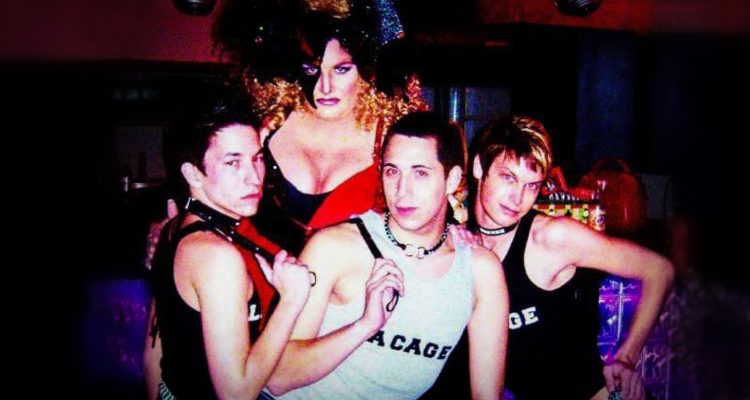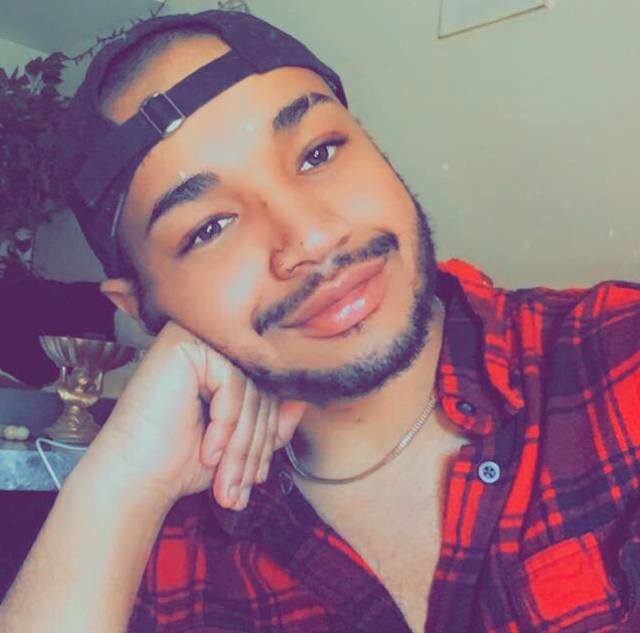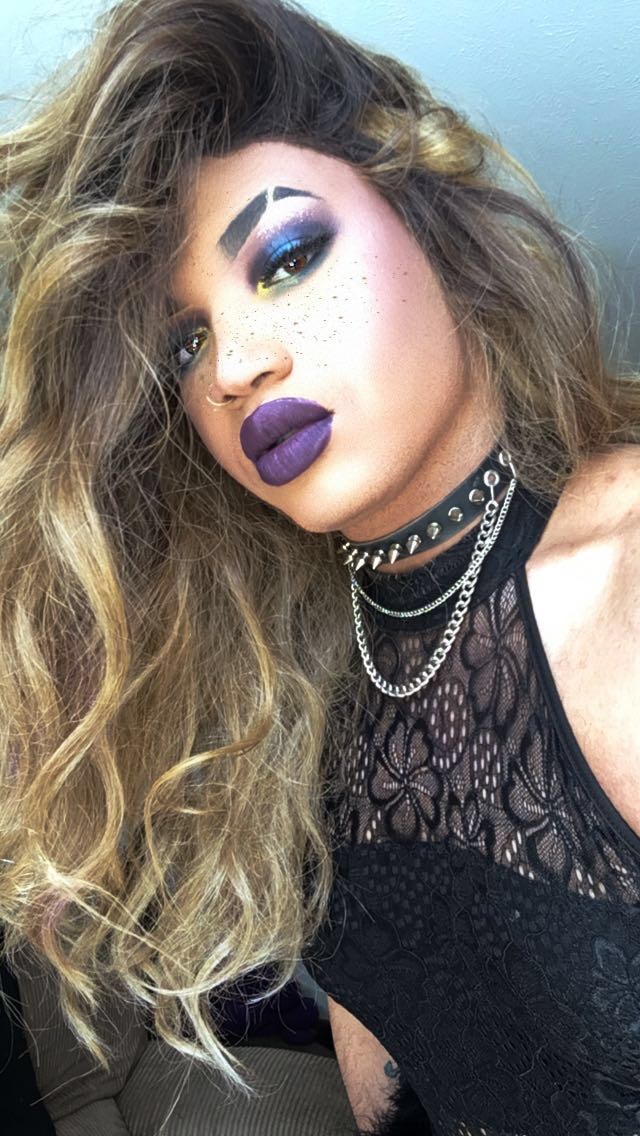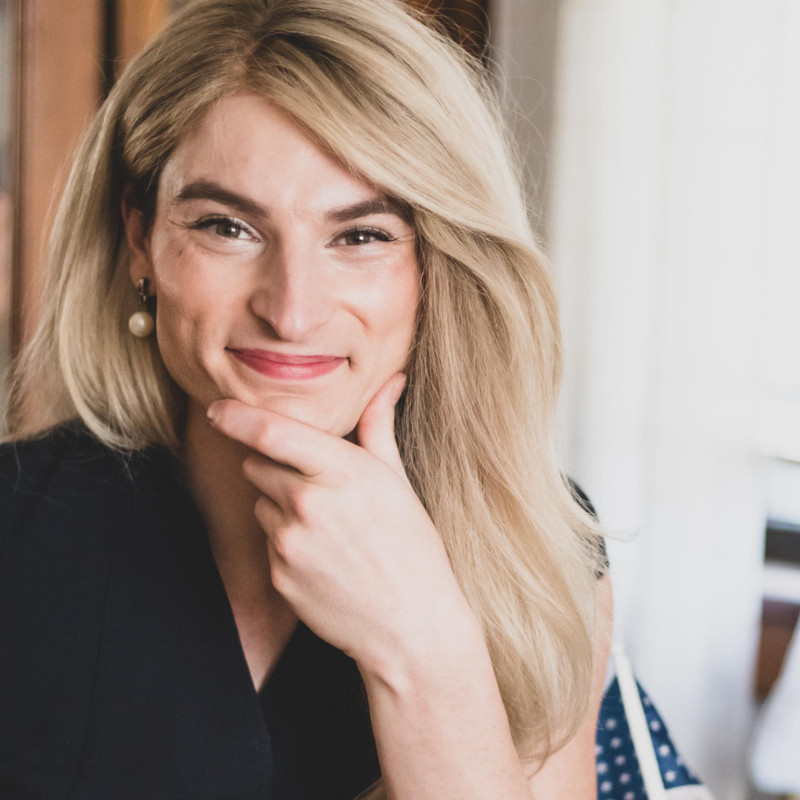“You’re born naked and the rest is drag.” — Ru Paul
Definition: A drag queen or king is a person, who uses drag clothing and makeup to imitate and often exaggerate female or male gender signifiers and gender roles for entertainment purposes.
The history of drag is expansive and complex. Some of the first expressions of modern drag, as we know it, were seen in the theater as early as the 17th century. In the days of Shakespeare and Kabuki theater, only men were allowed to perform onstage, forcing them to portray female characters.
Fast forward 400 years later, and we can easily see how drag has penetrated popular culture, impacting the way we dress, behave and even how we speak.
The influence of drag on modern American culture is undeniably fierce. Face contouring, body sculpting, lace front wigs, all ring out a distant howl of “yas kween” reverberating through today’s pop culture DNA.
DRAG IN THE OHIO VALLEY
Locally, the Ohio Valley has a vibrant and influential LGBTQ+ community. For years, the valley has served — somewhat surprisingly so — as a haven for LGBTQ+ people and drag performers.
Ohio Valley drag queen and LGBTQ+ matriarch, Sassie DeHaven, talks about her long history as a local drag performer:
“My first time performing was in the late 1970s, early ’80s, in Canton, Ohio, at a gay bar called the 540 Club,” she said. Canton’s oldest gay bar, 540 Club, would subsequently be lost mysteriously to fire in 2005.
“Performing built me up and made me feel good. It made me a hell of a lot stronger than Harvey ever was.” (Harvey is Sassie’s birth name.)
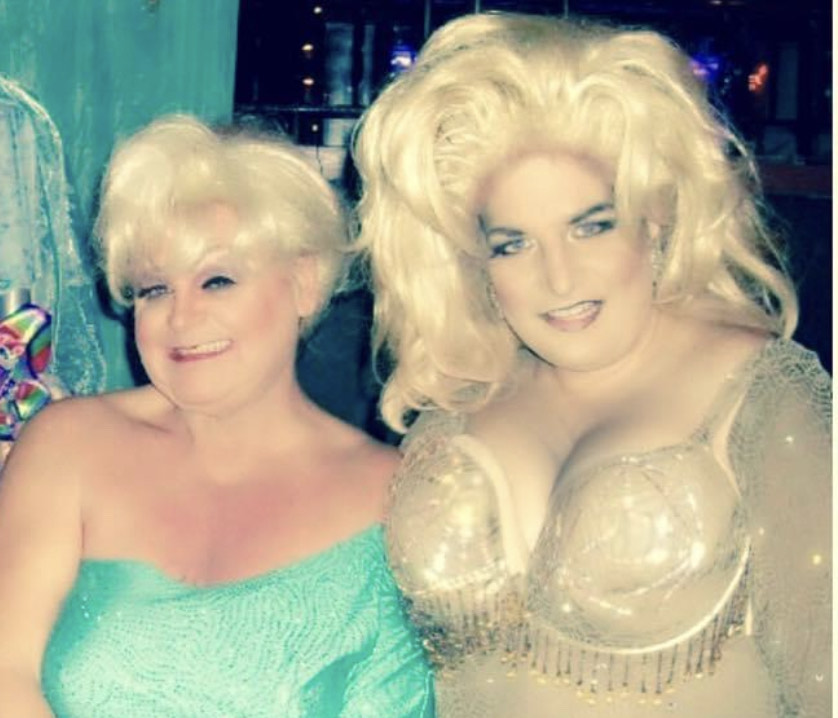
Sassie, now in her 70s, recounts what she enjoys most about performing.
“Truthfully, I just enjoy making people happy — watching people enjoy a performance is fulfilling. … I liked when I could put a smile on someone’s face, make them cry, or scare the hell out of them,” she laughed.
The performative aspect of drag is perhaps best portrayed by the lavish and unapologetically confident contestants featured on Vh1’s Rupaul’s Drag Race. Debuting in 2009, this groundbreaking competitive series pits drag performers against one another in a sequence of performance and design challenges in the hopes of one becoming America’s Next Drag Superstar, winning a cash prize of $100,000.
BUILDING A FAMILY
But the impact of drag culture extends far beyond extravagant costumes, snatched wigs or snarky comebacks (although, we love all of those) — it’s also about building a family.
Many performers mention their drag mothers, daughters and even their drag grandmothers as vital support systems. However, it isn’t a surprise that those who have traditionally been excluded from accepted society create their own sense of community. A chosen family lineage of mentors and mentees throughout the drag community, helps preserve and evolve drag for the future — an art passed down from generation to generation.
Local drag queen, Bodaxia LaCroix, believes this system is invaluable. “I think the message of family is so huge — God love Sassie [Dehaven] for creating a family environment here in the valley. It has kept us strong.”
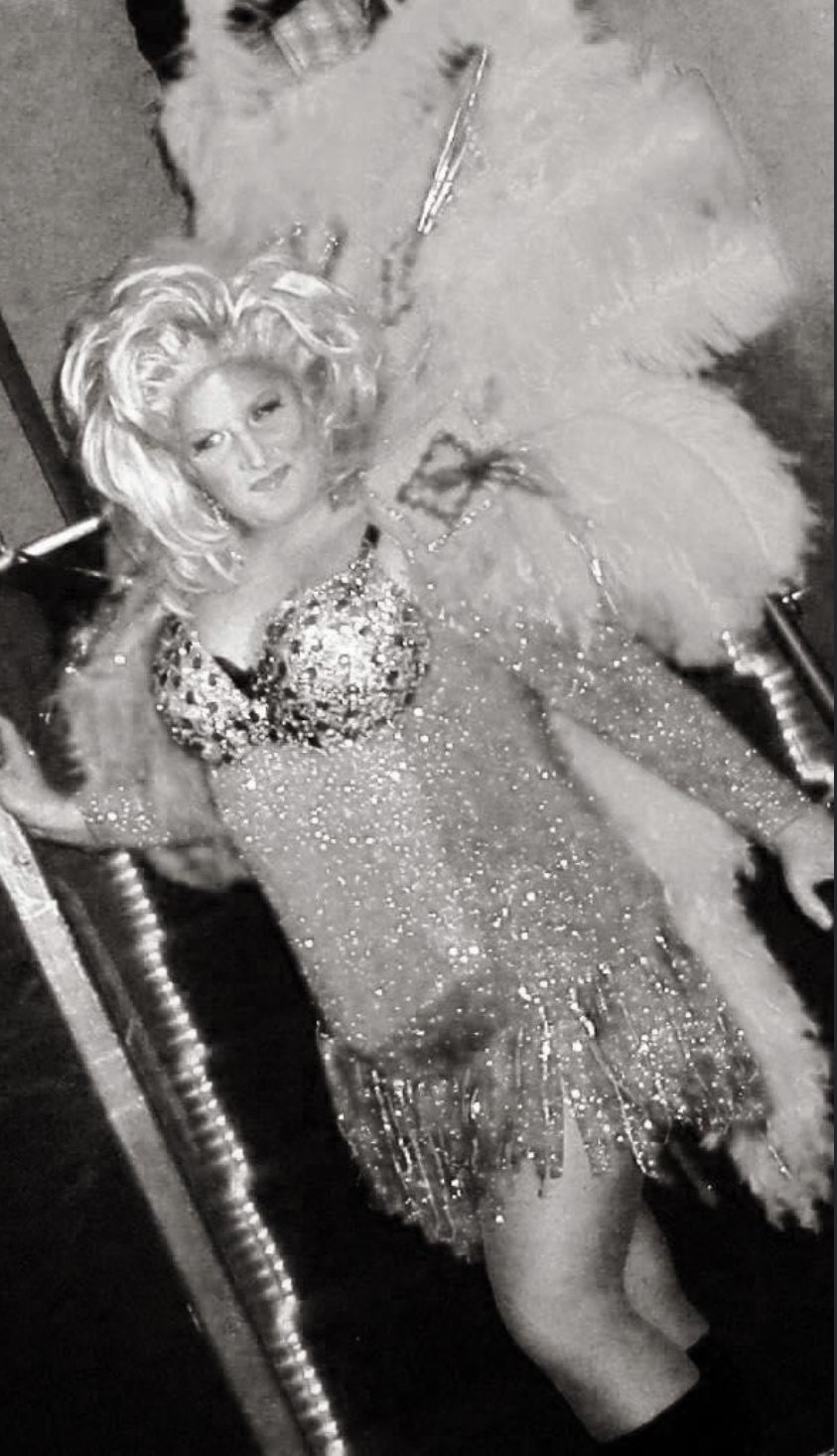
Dehaven serves as drag mother, and in some cases, grandmother, to dozens of current and former performers in the Ohio Valley. This family tree highlights the professional and familial influence she has had and continues to have on the LGBTQ+ community.
We know, however, that the concept of drag has not always been as mainstream as it is today.
A CULTURAL FLASHPOINT
During the 1969 Stonewall riots in downtown Manhattan, which served as an unexpected cultural flashpoint for LGBTQ+ people across the nation, Transgender people and drag performers served on the frontlines, facing assault and harassment by the NYPD. Perhaps the most notable Stonewall resistor was the late Marsha P. Johnson, a drag performer herself, who will soon have a park in New York City named in her honor.
These moments of resistance to the status quo reflect so much of what drag truly represents; a bedazzled thorn in the side of societal norms and cultural expectations.
Local drag performer, Jordan Sewell, 23, aka Xenus LaCroix, describes his high school experience in the valley: “I identify as a gay man. During my junior years, I came out as bisexual and then came out as gay. The world knew I was gay before I did,” he laughs.
“Growing up, I dealt with bullying, being called names and fighting. It was tough. In high school, I didn’t have many issues, although many people made assumptions. But once I found out who I was, I felt more confident,” Sewell said.
Sewell describes what influenced him to begin performing drag in the Ohio Valley.
“My very first experience with drag was at Another World in Wheeling. I’d heard of drag queens before, of course, but I had never really been to a performance. One of my friends invited me out for my 19th birthday, and we went to the bar [Another World]. They had a drag show there. I thought it was absolutely mesmerizing. But I didn’t really see myself performing until I met my drag mother, Bodaxia LaCroix, who approached me and asked if I wanted to try drag,” Sewell said.
OHIO VALLEY PRIDE
Although Wheeling was once home to many gay bars, there are currently none in the city — a notable change from past years of activity. There is, however, an active LGBTQ+ advocacy organization called Ohio Valley Pride that hosts a yearly Pride festival in Wheeling.
“[Wheeling] seems more accepting than other places, but I think there is room to grow,” Sewell said. “Honestly, I think the only thing our area lacks is unity. Because our community refuses to unify, we don’t always have a place to come together.”
What we often overlook in the bright sequined glare of drag entertainers is their innovation and unique ability to turn the mirrors of society around on all of us, so that we can see ourselves, our behaviors, our clothes and our beliefs a little more clearly and hopefully take ourselves a little less seriously. And that, I believe, is something to admire.
So, next time you see a drag queen, curtsy — or don’t — but definitely say, “thank you.”
• Rosemary Ketchum is a member of the Wheeling City Council representing Ward 3. Ketchum also serves as the Chief Facilitator of the public health coalition “Edible Mountain”. Rosemary’s work in community organizing and politics has been featured on TODAY, MSNBC, CBS, and CNN.


